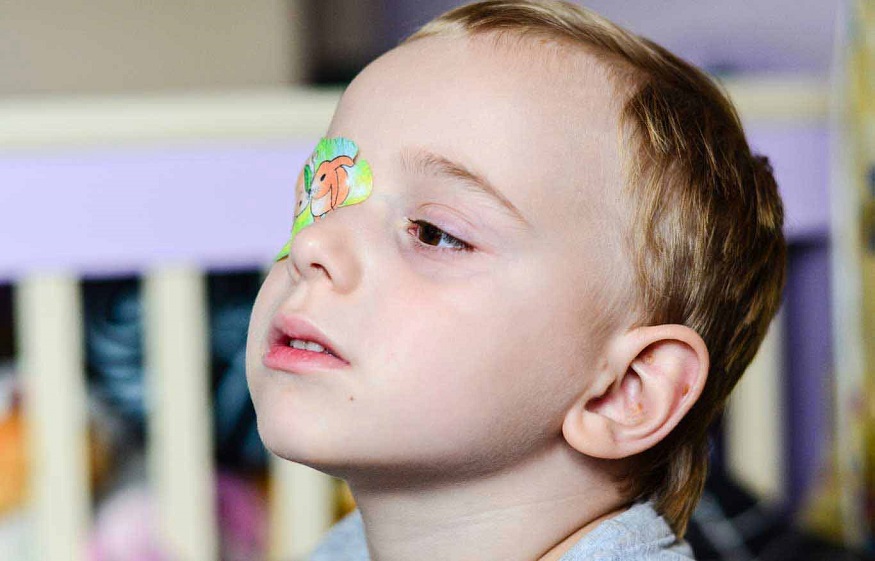How to deal with lazy eye in children
Lazy eye or amblyopia is when the eyes and the brain don’t coordinate as they should. As a result, vision in one eye is stronger than the other, and the brain learns to ignore the visual input from the weaker eye. Without treatment from an ophthalmologist or Eye specialist in Lahore, there can be permanent vision problems as the brain works with the stronger eye only.
Who gets lazy eye?
Lazy eye is particularly common in childhood, especially between the ages of 6 and 9 years. In fact, about three in every hundred children experience this problem. The risk factors for lazy eye include: premature birth, family history of amblyopia and other visual disorders, small birth weight, developmental disabilities.
What are the signs and symptoms of lazy eye?
Children with lazy eye often ignore their visual problems and get used to favoring their stronger eye. They do not mention the difficulty with vision to their parents; consequently, amblyopia goes undiagnosed for a long time—often months to years.
Children with visual issues and lazy eye have a tendency to bump into objects on one side as their depth perception is off. They have trouble telling how far or near an object is, as depth perception is calculated by the brain through input from both the eyes, and when this input is interrupted, the brain cannot calculate it accurately.
Adults or teachers also observe such children squinting a lot to see better. Some children also tilt their head as they have double vision. If the condition is not diagnosed timely, one eye can wander inwards or outwards, and eventually lose vision altogether.
What are the causes of lazy eye?
Lazy eye cannot be traced to a single causative factor. It’s related to developmental problems and pathways of nerves in the brain, which do not function normally. This dysfunction can be a result of damage to an eye due to trauma, lack of vitamin A in the diet, visual impairment, constant turning of an eye or strabismus, difference in the visual acuity of each eye and genetics. Consequently, the eye which gets less use over a period of time becomes ‘lazy’ or weak.
What are the treatment options?
For diagnosis, American Optometric Association recommends eye exams for children at ages: 6 months old, 3 years, and routine exams every two years between ages 6 and 18. Once diagnosed, treating the underlying cause of amblyopia is the way to go forward. This is done with corrective lenses, eye patches, medication and eventually surgery.
Corrective lenses or glasses are prescribed when amblyopia is a result of refractive error or anisometropia (when vision in one eye is stronger than the other). When the refractive error is corrected through lenses, the brain receives clear images from the weaker eye and learns to develop normal vision.
Eye patches are used on the stronger eye for two to six hours a day, so the brain uses the weaker eye for vision. Using an eye patch can be challenging for the child, but parents or guardians must be vigilant about their use.
Atropine drops are used in the stronger eye, which temporarily blur the vision. This forces the brain to focus on the image from the weaker eye.
Surgery is the option when there is strabismus, and eye muscle surgery is needed to correct the vision.
Only an ophthalmologist or Eye specialist in Karachi can tell the type of treatment that is best suited for the patient. Its best to seek a couple of opinions before opting for surgery though.



